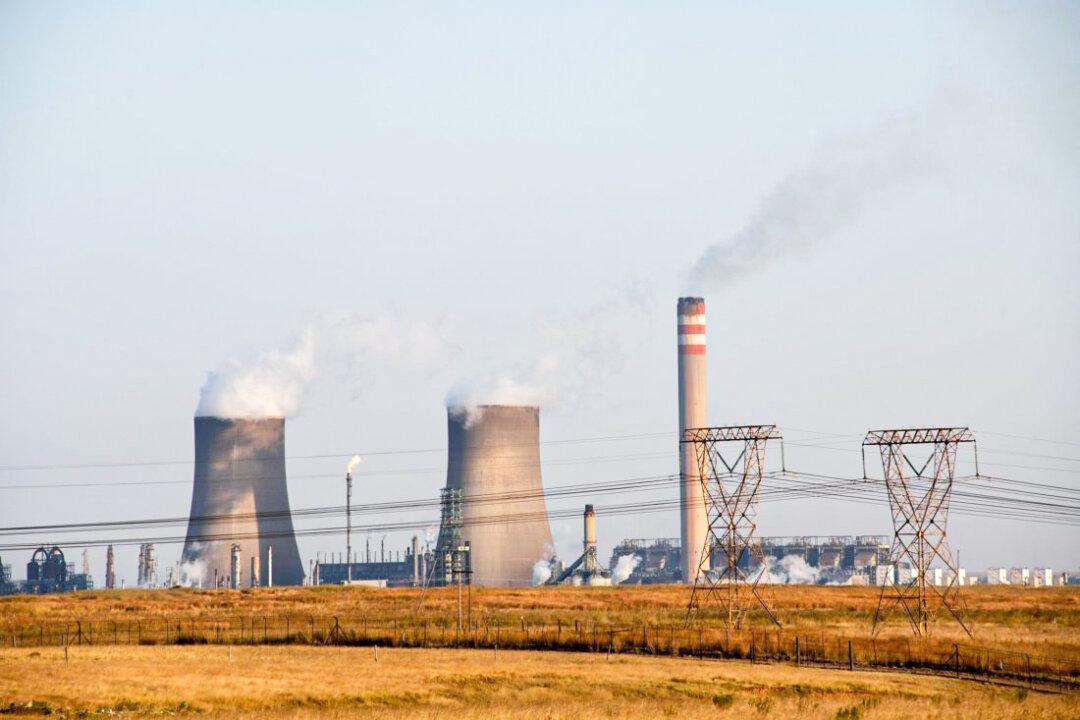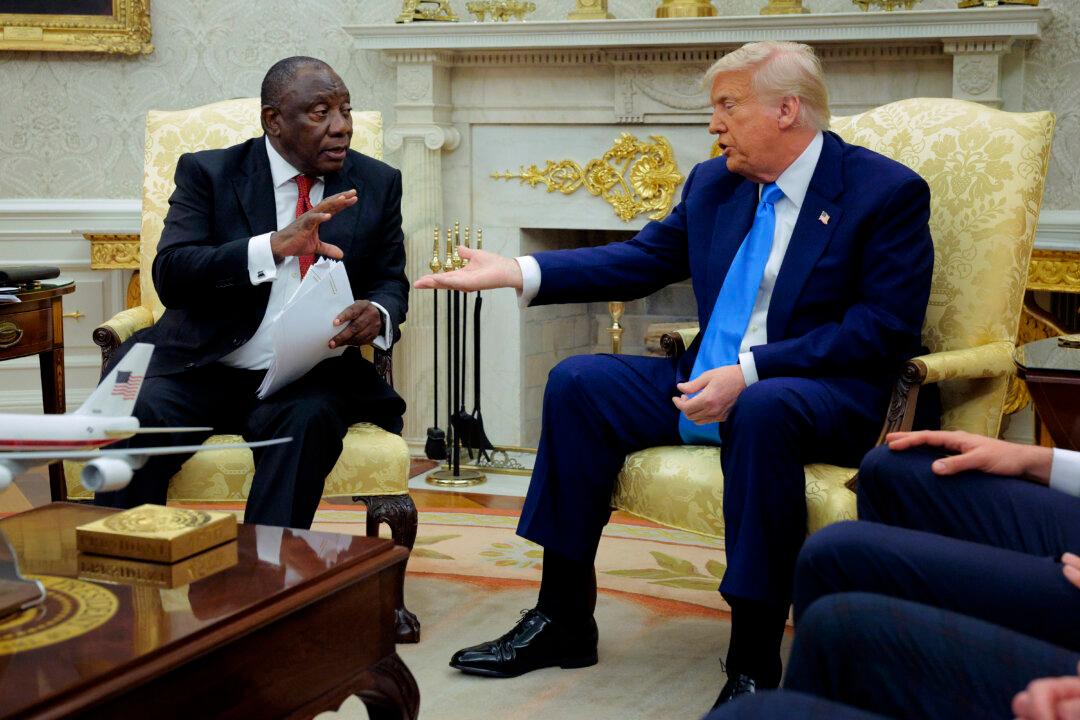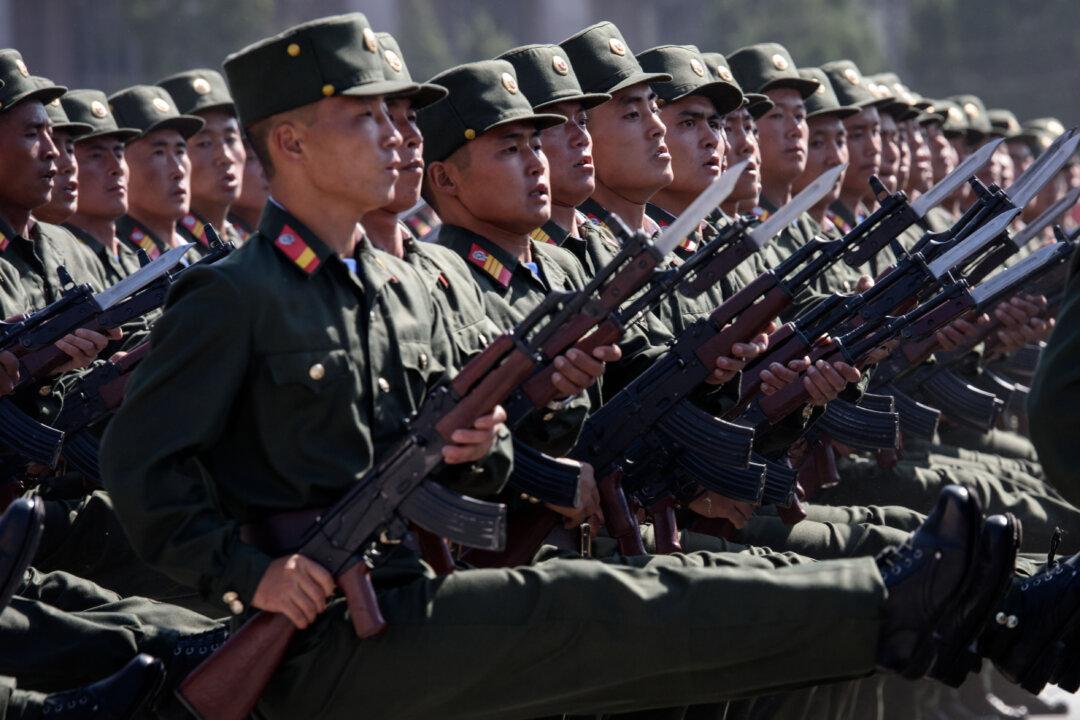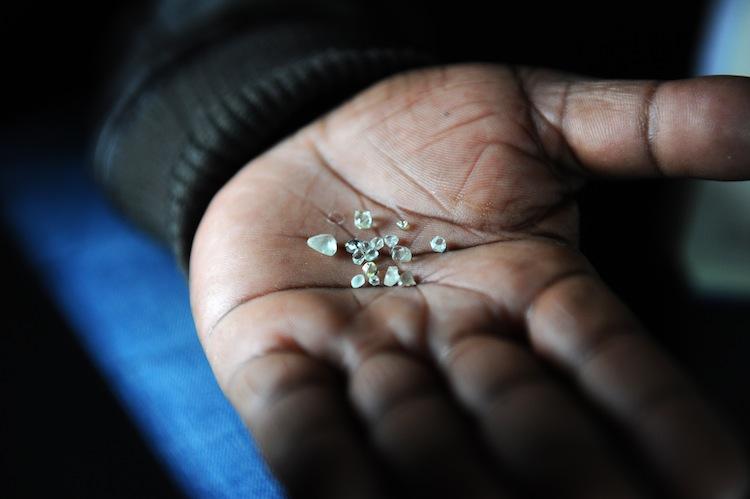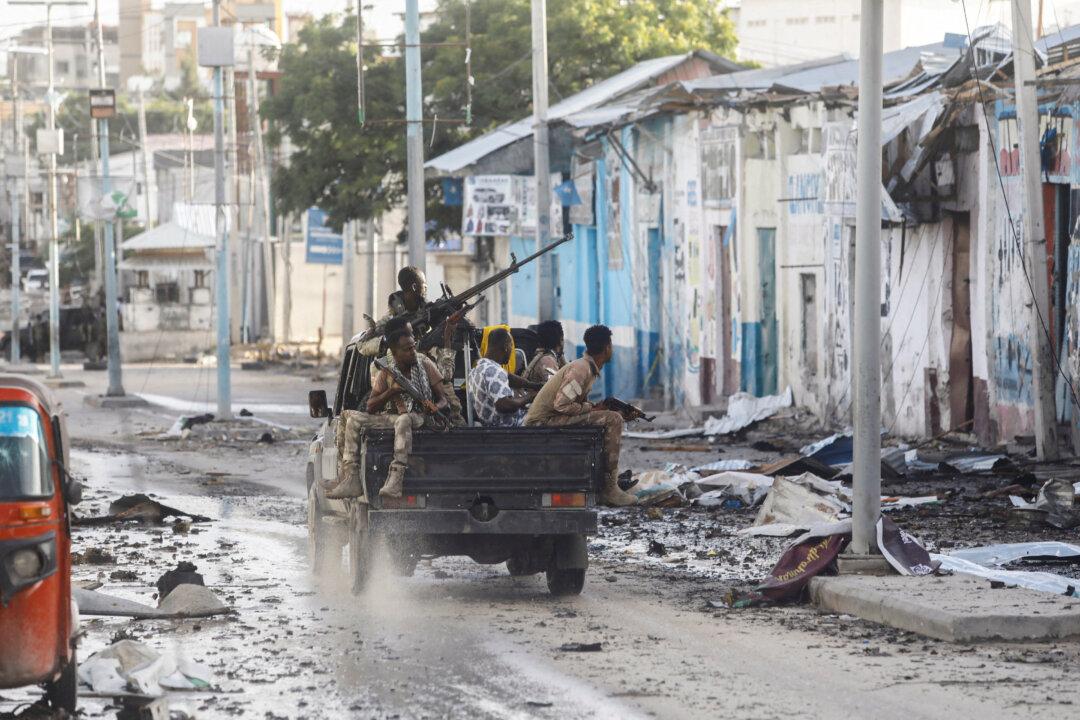JOHANNESBURG—Energy analysts say that South Africa’s entire electrical grid is in danger of collapsing, as an energy crisis that began in 2008 is plunging the continent’s most technologically developed nation into an economic stagnation that’s been exacerbated by the COVID-19 pandemic.
For the past two weeks, Eskom, the country’s national power company and the largest power producer in Africa, has battled to turn the lights back on following extended periods of what South Africans have come to know as “load-shedding.” When the ailing electrical network comes under severe pressure, the utility switches power supplies off in stages across the nation of 60 million people in order to “shed load,” in a desperate attempt to ration dwindling “emergency reserves.”
